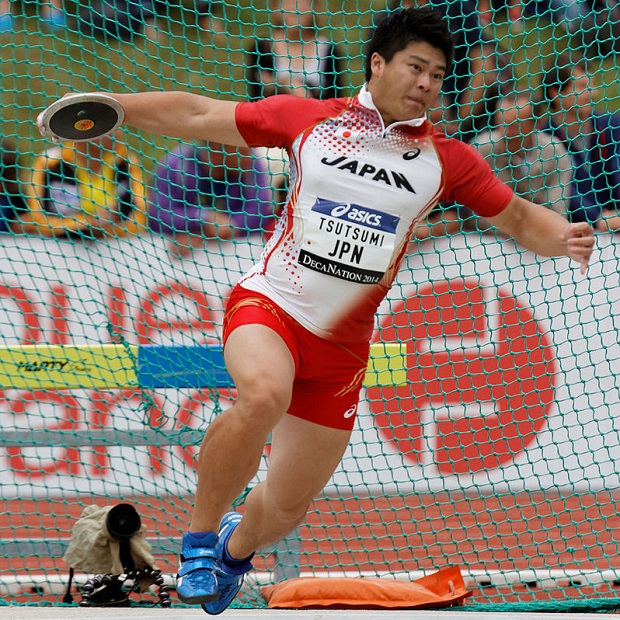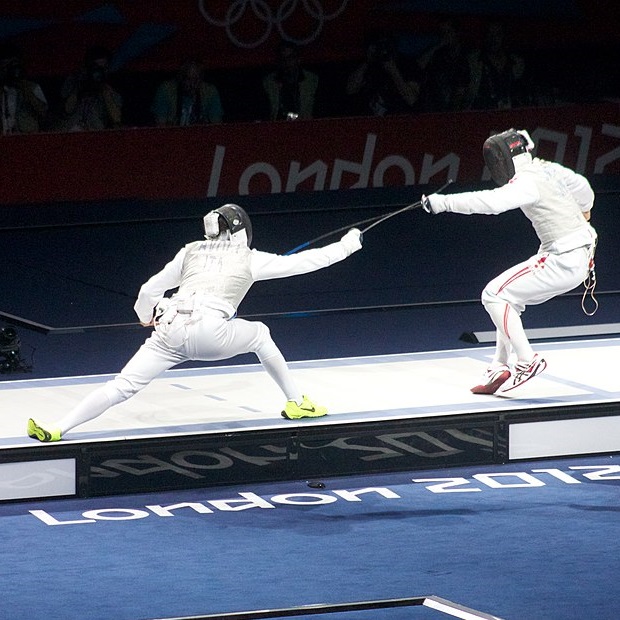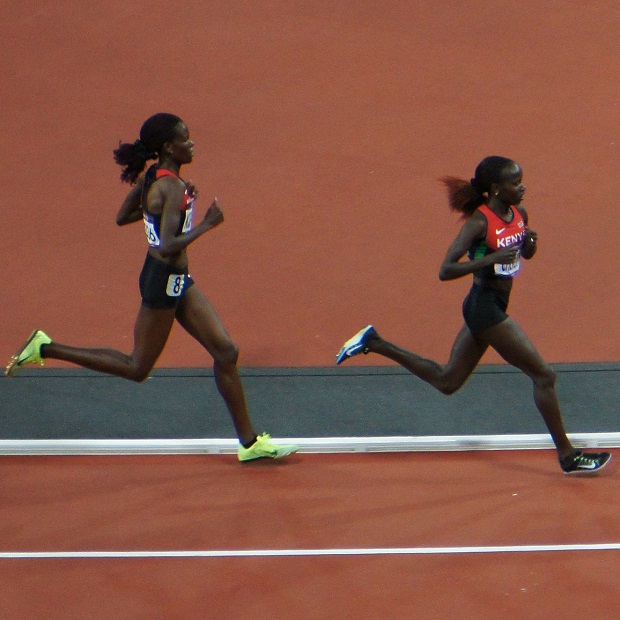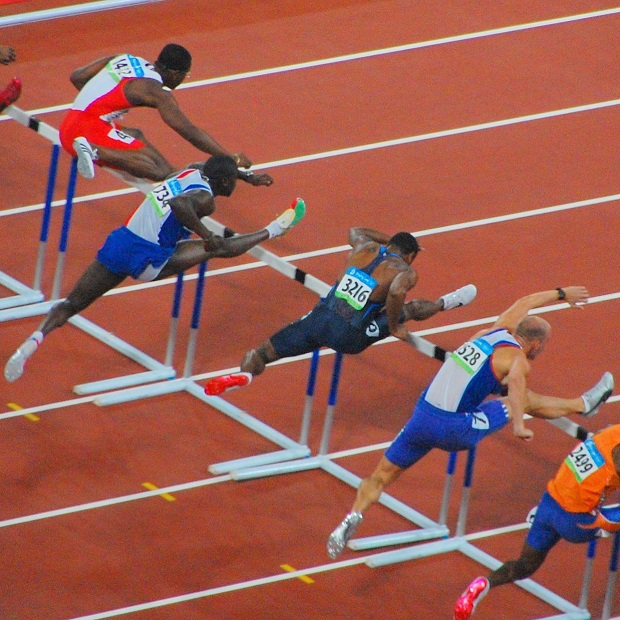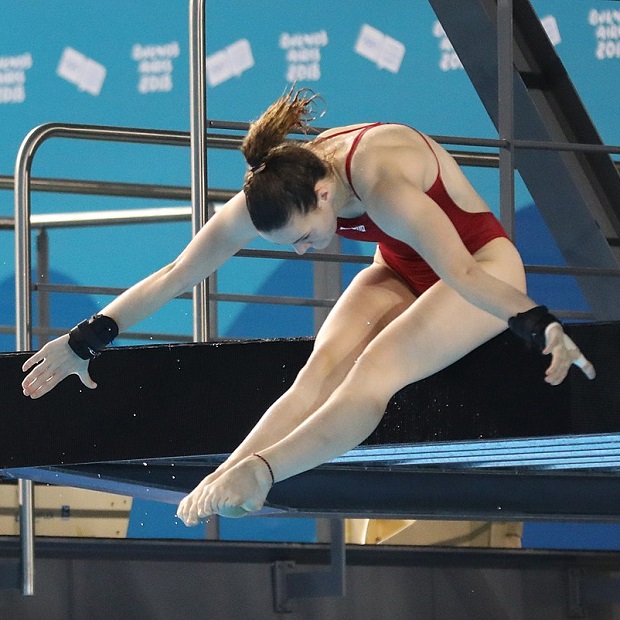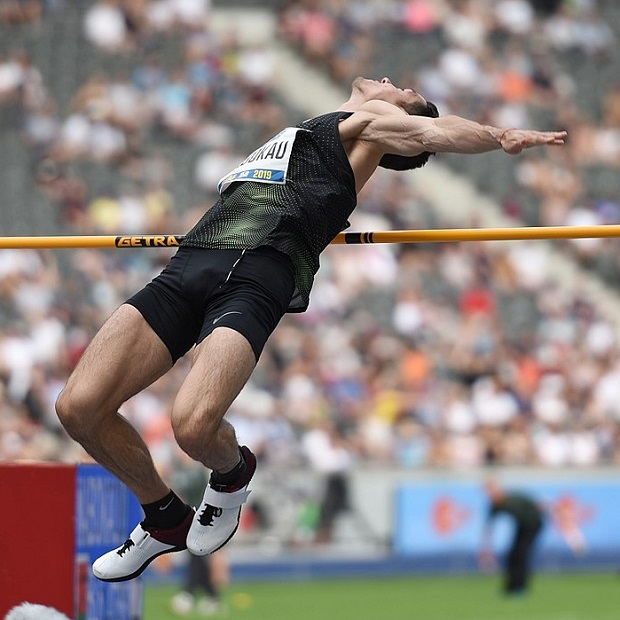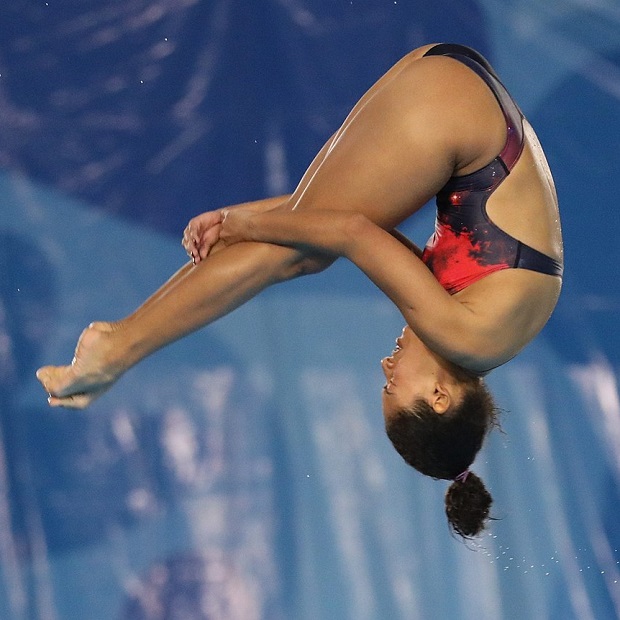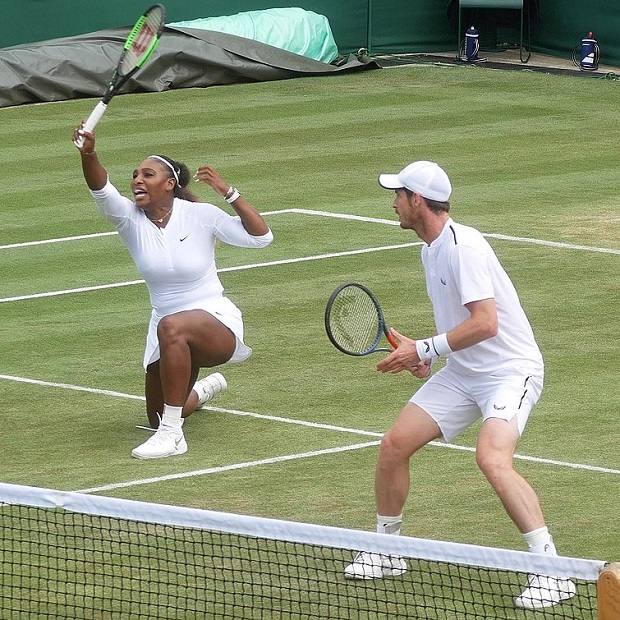Copyright © University of Cambridge. All rights reserved.
'Olympic Turns' printed from https://nrich.maths.org/
Show menu
Why do this problem?
Different sports involve angles in different ways. Gymnastics involves making the body twist, turn and spin to accomplish different feats. Ball games involve choosing the angle at which to pass the ball to another player or to aim for the goal. The Olympic Games can offer children a motivating context in which to explore angles and turns and gain a deeper understanding of the concepts involved in a real world setting.
Possible approach
Print and laminate the photos in the collection and ask children to explore the angles they can see. Pupils can draw the straight lines they can see on top of the pictures and then estimate or measure the angles that are made by these lines. They could begin by choosing their favourite event and exploring the angles and turns involved in that. Some sports will be easier to explore than others.
Key questions
Which angles are important? Why?
What would change if that angle was bigger/smaller? Why has the athlete chosen to position their body at that angle?
Can you estimate that angle? Can you measure it?
Look at a video clip. Are there any angles involved in the sport that are important? Are there turns involved? How much does the athlete turn? How do the angles at which they hold their arms, their legs or pieces equipment affect their success?
Possible support
The icons on the Olympic website provide static images which will be easier to explore using protractors to measure them. If you print out the images then it will be possible to draw lines on them to make the angles easier to see and to measure.
Possible extension
Ask the children to choose a sport and explore the Olympic website to find videos and photos that show angles and turns in the context of that sport. The dynamic situations in the video clips will be harder to explore than the static images and should provide challenge for the most enthusiastic learners with the best grasp of angles and
turns.
"2014 DécaNation - Discus throw 08" by Pierre-Yves Beaudouin, Wikimedia Commons is licensed under CC BY-SA 4.0 / Cropped from original
"Fencing at the 2012 Summer Olympics 6869" by Ian Patterson is licensed under CC BY-SA 2.0 / Cropped from original
"Athletics at the 2012 Summer Olympics (7925493010)" by cdephotos is licensed under CC BY-SA 2.0 / Cropped from original
"2008 Summer Olympics - Men's 110m Hurdles - Semifinal 1" by akiwitz is licensed under CC BY-SA 2.0 / Cropped from original
"2018-10-13 Training (Diving Girls 10m platform) at 2018 Summer Youth Olympics by Sandro Halank-028" by Sandro Halank, Wikimedia Commons is licensed under CC BY-SA 4.0 / Cropped from original
"2019-09-01 ISTAF 2019 High jump (Martin Rulsch) 055" by Martin Rulsch, Wikimedia Commons is licensed under CC BY-SA 4.0 / Cropped from original
"2018-10-13 Jump 4 (Diving Girls 10m platform) at 2018 Summer Youth Olympics by Sandro Halank-145" by Sandro Halank, Wikimedia Commons is licensed under CC BY-SA 4.0 / Cropped from original
"Murraywilliams_2019" by Brian Minkoff - London Pixels is licensed under CC BY-SA 4.0 / Cropped from original
"2018-10-13 Gymnastics at 2018 Summer Youth Olympics - Boys' Artistic Gymnastics - Apparatus finals - Pommel horse (Martin Rulsch) 162" by Martin Rulsch, Wikimedia Commons is licensed under CC BY-SA 4.0 / Cropped from original
